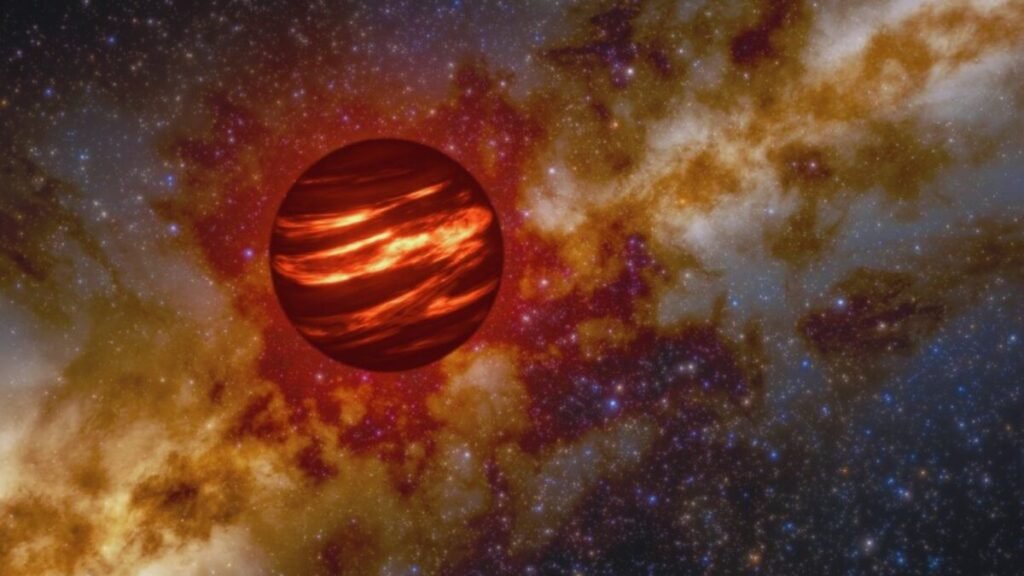The Object Revealing Jupiter and Saturn’s Secret: Neither Planet Nor Star, Its Primitive Atmosphere Holds Decades-Long Mystery

In 2020, a celestial body so faint and strange was detected that it escaped the usual observation algorithms. Today, thanks to the James Webb Space Telescope, this object becomes the protagonist of a study that could change what we know about deep chemistry.
The object that wasn’t a planet or a star
It is a brown dwarf, a gaseous body located in that celestial limbo between planets and stars. Its characteristics do not fit into any known category: combining traits of both young and very old brown dwarfs. Its rarity was such that it went unnoticed for years until it was discovered almost by chance in the data from the space observatory that mapped the sky in infrared.
Now, about 50 light-years away, it is estimated to be between 10,000 and 12,000 million years old, born when the universe was barely enriched with elements other than hydrogen and helium.
Silane: the phantom molecule that appears in an unlikely place
Among the data appeared the spectral signature of a long-awaited compound: silane (SiH4). This finding is crucial because, although its presence was suspected in Jupiter, Saturn, and multiple exoplanets, it had never been confirmed.
Why does it appear in this object and not in the gas giants? The explanation lies in the chemistry of oxygen. In younger worlds rich in this element, silicon tends to combine with oxygen to form oxide clouds that sink into the deep layers, invisible to telescopes. But in this primitive brown dwarf, formed when there was less oxygen available,
New observations of a distant object nicknamed “The Accident” have helped solve a mystery about Jupiter and Saturn.
“The universe continues to surprise us.” – JPL’s Peter Eisenhardt, project scientist for the WISE mission
What “The Accident” teaches us about giant worlds
Not only solves the enigma of an elusive molecule. It demonstrates that the most extreme bodies can become natural laboratories to decipher the chemistry of seemingly more common planets. “Sometimes it is the strange objects that explain the normal ones,” summarized astronomer Jackie Faherty, lead author of the study.
In practice, this means that by studying The Accident, a window opens towards Not looking for life on these gaseous worlds, but learning to read complex atmospheric signals, the same ones that could one day help us detect traces of habitability on rocky planets similar to Earth.






